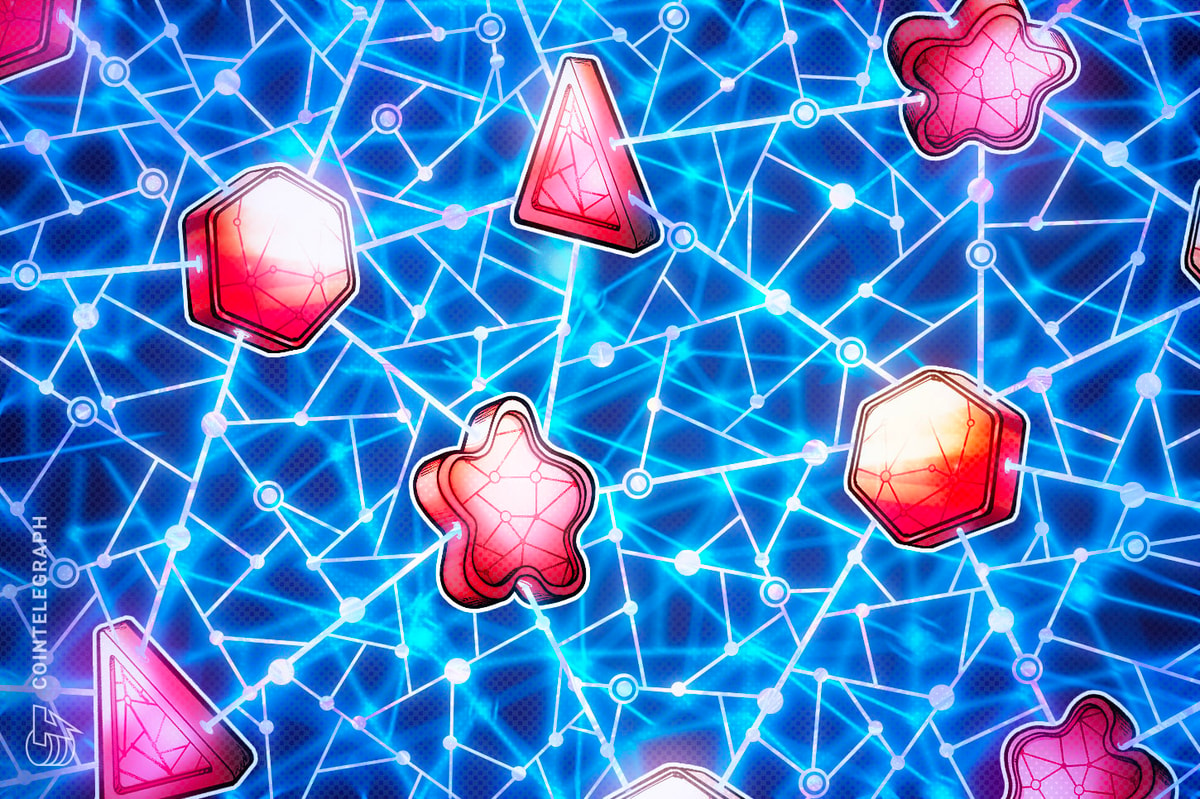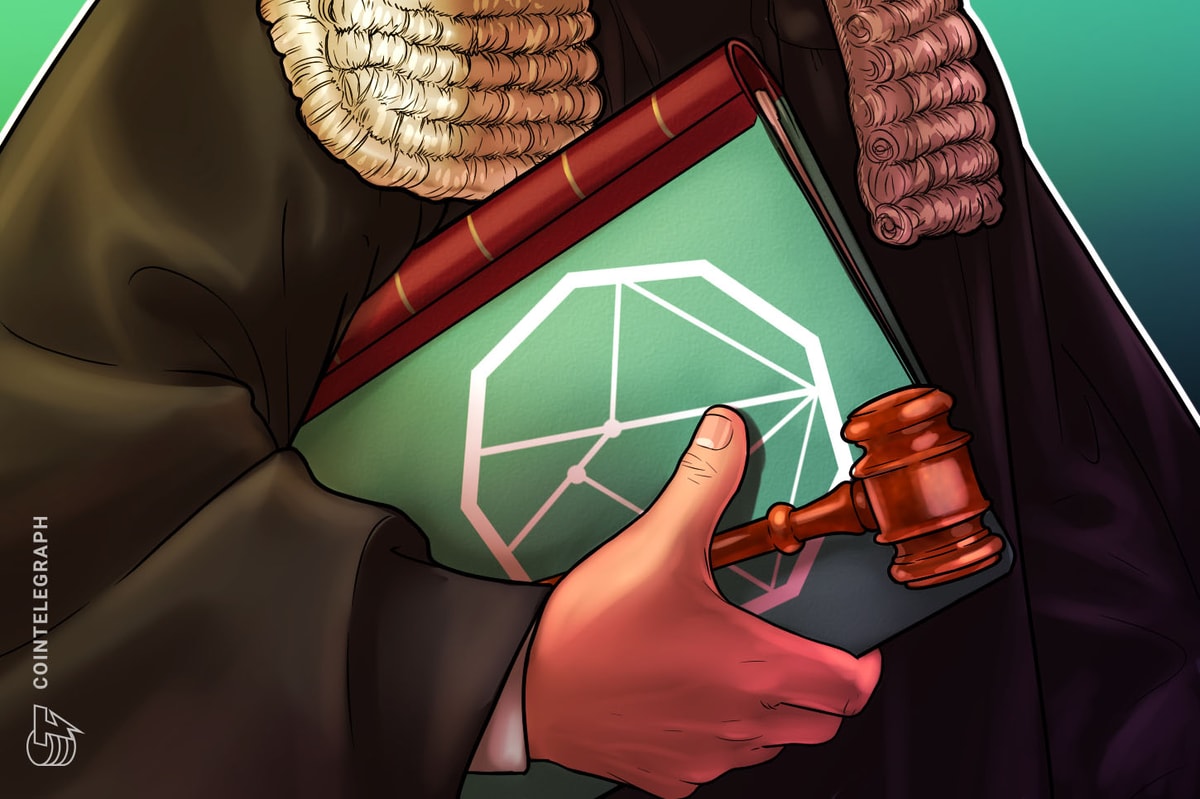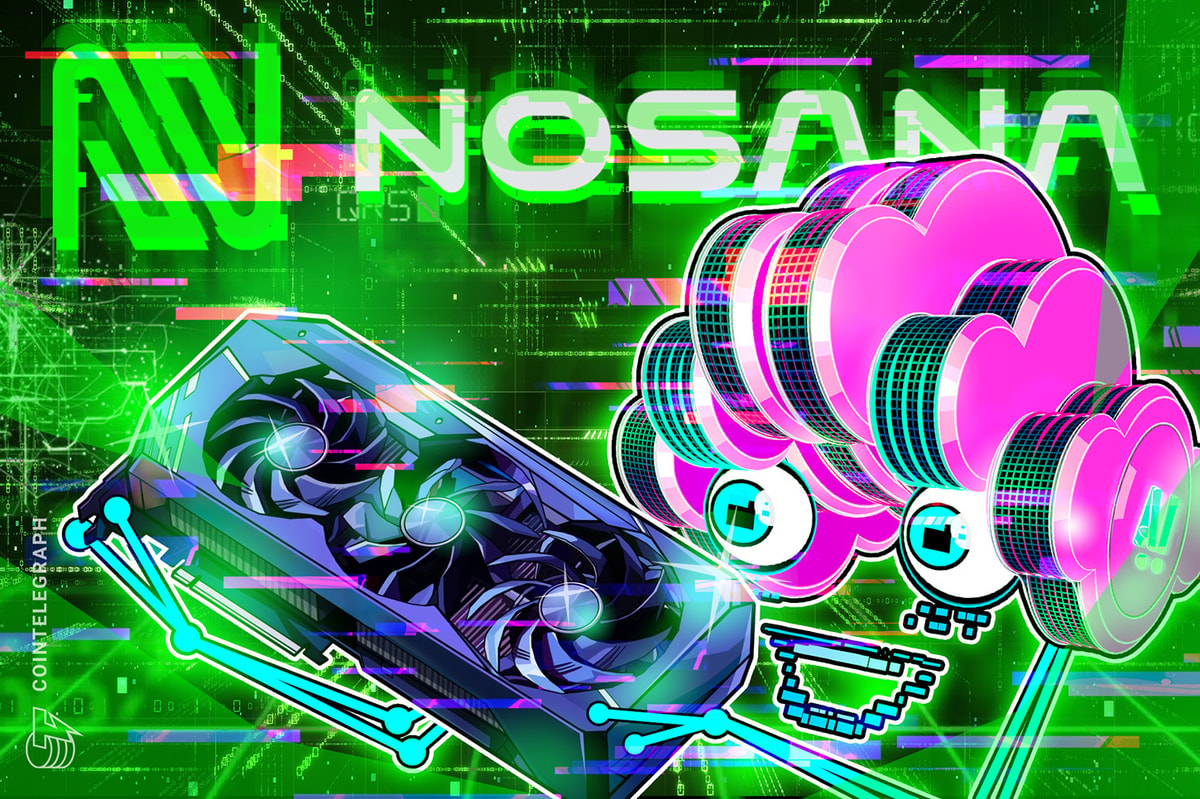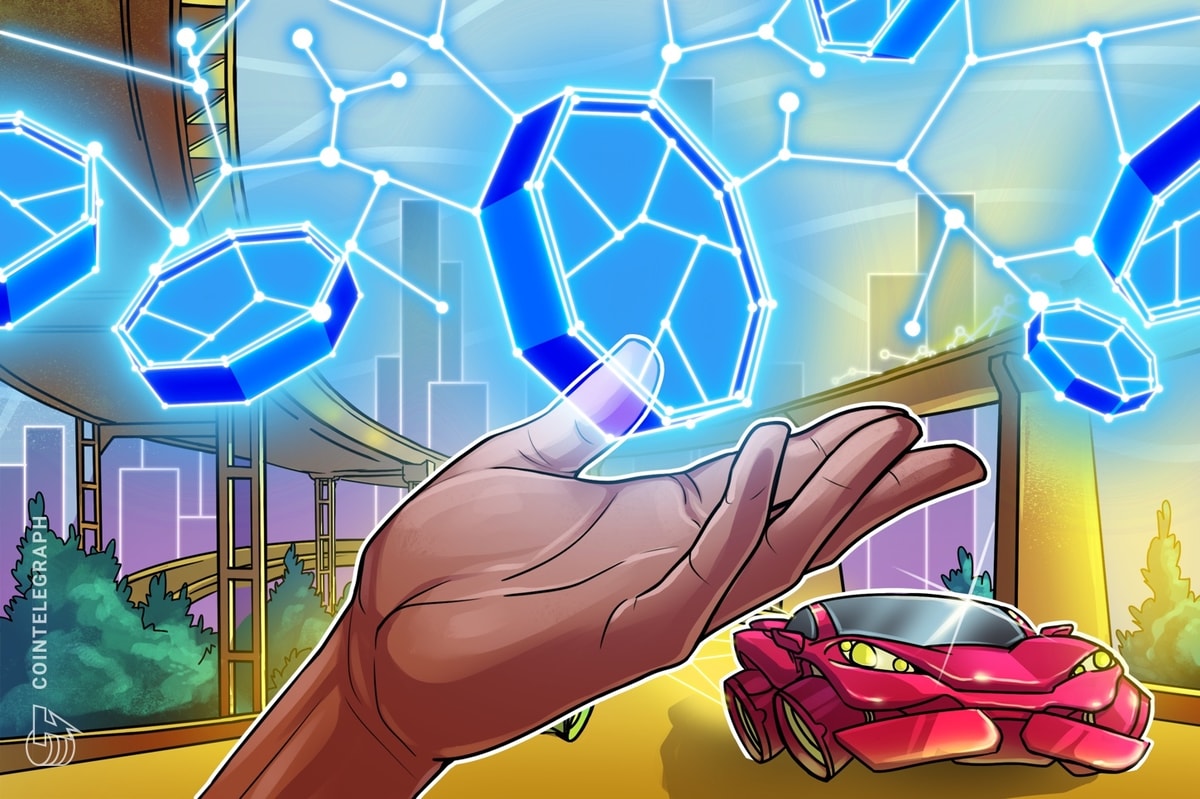At BitBlockBoom in August 2021, American Hodl prompted the audience to reflect on how we, as the future wealthy elite, will allocate our resources for the benefit of future generations. His main point was to emphasize the importance of making wise investments in a sound money economy because if someone squanders their bitcoin on reckless ventures, they wouldn’t be getting that bitcoin back. Though American Hodl didn’t share his own ideas for the types of things Bitcoiners should invest in to advance humanity, his question was an important inquiry into the values of Bitcoin users and his speech received a standing ovation.
Similarly, on a recent episode of the "What Bitcoin Did" podcast, Parker Lewis shared, “The key difference [between Bitcoin and the current monetary system] is, in order to get bitcoin, you have to deliver value on the free market. If you were to acquire money in this monetary system, you must deliver value to somebody on the other side. In the Fed system, 80% of all dollars that have been created, have been created since 2008. So, in the dollar system, that is not fundamentally true. You can either get dollars by delivering value to somebody else and be compensated or the Fed will step in and allocate dollars.” The current system does not incentivize creating value with the Federal Reserve as a buyer of last resort. When we transition to a bitcoin-denominated system, only those that create value will be rewarded. As Bitcoiners, we will have an opportunity to allocate our resources in ventures that align with our principles and provide value to the world.
So what are the core values of Bitcoin users?
Bitcoiners come from all walks of life and have many different values. That being said, the underlying value system that all Bitcoiners seem to share is one of individual sovereignty, fiscal responsibility, and low time preference through saving money.
These values combined and then actualized in the form of Bitcoin money will generate compounded financial wealth and power that can be distributed to support creative and innovative technology, electricity production and art. Much has been written in regards to Bitcoin’s innovative technology and energy use. Bitcoiners have proven time again that the energy use of the Bitcoin network not only encourages innovations in renewable and efficient electricity production, but also improves the security of the Bitcoin network to protect the first, truly open and decentralized financial system. If you’re interested in reading more about Bitcoin’s energy use, I recommend looking into Nic Carter’s writing or this article by Lyn Alden. Since there are countless articles demonstrating this benefit, the goal of this piece is to posit another benefit that Bitcoin will have on humankind: a major resurgence of all mediums of artwork as well as a flourishing of state-of-the-art infrastructure.
The beginning phases of what appears to be a revival of art is gaining popularity in the Ethereum community with NFTs. I believe this is a false equivalency to art collecting and is instead more analogous to collecting baseball cards, stamps and action figures. People are spending millions of dollars on glorified JPEGs. Bored Apes are another NFT fad where people are willing to spend preposterous amounts of money on rare editions. Getting a rare Bored Ape seems comparable to opening up a package of Pokemon cards and finding a Hologram Charizard card, though Bored Apes are created digitally using programmatically generated rare features instead of being spread around through the traditional means of physical production and distribution. Original physical art can be minted into tokenized NFTs and NFTs can be converted into physical art.
While there may be some intrinsic value to NFTs due to their digital scarcity, and especially when it’s made by artists using original pieces of art, there is a common joke among the cynics where they right-click to save the image and “own” it. This craze of digital scarcity is an example of misplaced low time preference as it relates to art. As Erik Voorhees tweeted, “NFT value is due to aesthetic and cultural desires and scarcity.” Yes, there are current cultural desires for these aesthetics but are they timeless like “The Mona Lisa” or “The Starry Night”? Will someone’s rare CryptoPunk be on display in a museum someday? My guess is the fervor for this type of art will fade and we won’t see these NFTs on exhibit anywhere except maybe at a niche Comic Con sort of event. With a lower time preference, the Bitcoin elite will have incentive to sponsor artists whose work can and should live on for future generations to appreciate and admire.
Back to BitBlockBoom. At the conference, Marisa Jean Angeli displayed her gorgeous, Bitcoin-themed work. It was the first original, non-digital artwork I’ve seen that was related to Bitcoin and many of her pieces sold by the end of the weekend. Another Bitcoiner I met designed Hodlsmith watches, a limited edition series of high-end, custom watches that can fit a Casascius coin (spent or unspent) in the back. Michael Saylor frequently appears in video interviews and podcasts sitting in front of a mouth-dropping full node sculpture by FractalEncrypt. These extremely limited sculptures capture historic snapshots of time during Bitcoin’s history. These are just a few examples of incredible Bitcoin artwork on which people are willing to spend significant sums of money. Just the other day, a statue in honor of Satoshi Nakomoto was unveiled in Budapest, Hungary. The idea was made into fruition by a team of Hungarian Bitcoiners. This statue is a prime representation of how a group of people who want others to appreciate and recognize the value created by another were willing to part with some of their precious sats in order to fund a project that will be on display for the public.
This artistic revolution isn’t limited to fine art and sculptures. Another great example of a different artistic medium is the documentary “This Machine Greens” which was presented by Swan Bitcoin last week. The film was completely funded in bitcoin by the Bitcoin community and focuses on the energy innovations mentioned earlier. The benefit of Bitcoin is making its way into other mediums as well. Music about Bitcoin is already on streaming platforms, with rappers being some of the first people to make songs about it. Though he didn’t make songs about it, rapper Nipsey Hussle (RIP) was an early Bitcoin adopter and spoke about the benefits of Bitcoin to XXL magazine. Breez Wallet and Sphinx Chat have figured out how to support content creators directly by allowing listeners to stream sats directly to podcast creators. This will have an enormous effect on the ability for artists to create original content and profit directly from it, instead of receiving $0.004 per stream from Spotify.
Once we reach hyperbitcoinization, when bitcoin is the primary medium of exchange and unit of account, how much money will Bitcoiners be willing to spend on art that is not directly related to Bitcoin? How else will a bitcoin-denominated society create opportunities for the arts to thrive? It’s possible we will see another period similar to the Renaissance when wealthy families, primarily the Medicis, sponsored artists by paying them commissions in advance. It’s not difficult to imagine how the appreciation of low time preference would encourage individuals to invest in artwork that will last beyond their lifetimes.
With wealthy Bitcoiners willing to allocate resources to the arts, we can move toward a more aesthetically appealing future that includes more than traditional styles of art. The patronage of the Medici Family extended beyond the sponsorship of artists to also facilitate the completion of important architecture, leading to the building of galleries, gardens, chapels and plazas. Many Bitcoiners often talk about living in a community within Bitcoin “citadels.” The idea being that Bitcoiners will live with other like-minded families in a protected structure. The design and construction of these buildings in the future can be created by supporting pioneering architects who take regenerative electricity production and heat generation into account. For example, powering ASICs with hydroelectricity and using the heat the miners produce to heat homes, hot tubs, greenhouses and more. We have barely begun to scratch the surface of how these tools can be used in harmony with design principles to manufacture completely off-grid, self-reliant systems. Imagine a world where the byproduct of bitcoin mining can provide additional use beyond securing the monetary backing of a global financial system.
Thinking about the future, what kind of world do we want to develop, create and promote? Who will design the citadels? How will we adorn the walls? What skills add real value to our lives? The question of how we allocate resources is one that we should start thinking about now. When hyperbitcoinization happens, we need to be prepared to utilize our amassed wealth in calculated and wise ways. Not only investing in things that will make us more bitcoin but also by supporting causes that will make the world a more beautiful place. Artwork, architecture and general innovation that aligns with our individual values is a great area on which to focus. I, for one, am looking forward to seeing how art prospers in a bitcoin-denominated world.
Will Clemente eloquently sums up these beliefs, “Fiat incentivizes short-term thinking, subconsciously creating materialism/instant gratification. Bitcoin incentivizes long-term thinking, leading people to create and innovate. Now apply that framework from an individual level to all of society. The Bitcoin renaissance is near.”
Note: The title of this piece was inspired by the “Fuck Your Great Reset” episode of the “Wake Up Podcast.”

Marisa Jean Angeli’s “Bull Market.”
This is a guest post by Craig Deutsch. Opinions expressed are entirely their own and do not necessarily reflect those of BTC, Inc. or Bitcoin Magazine.














